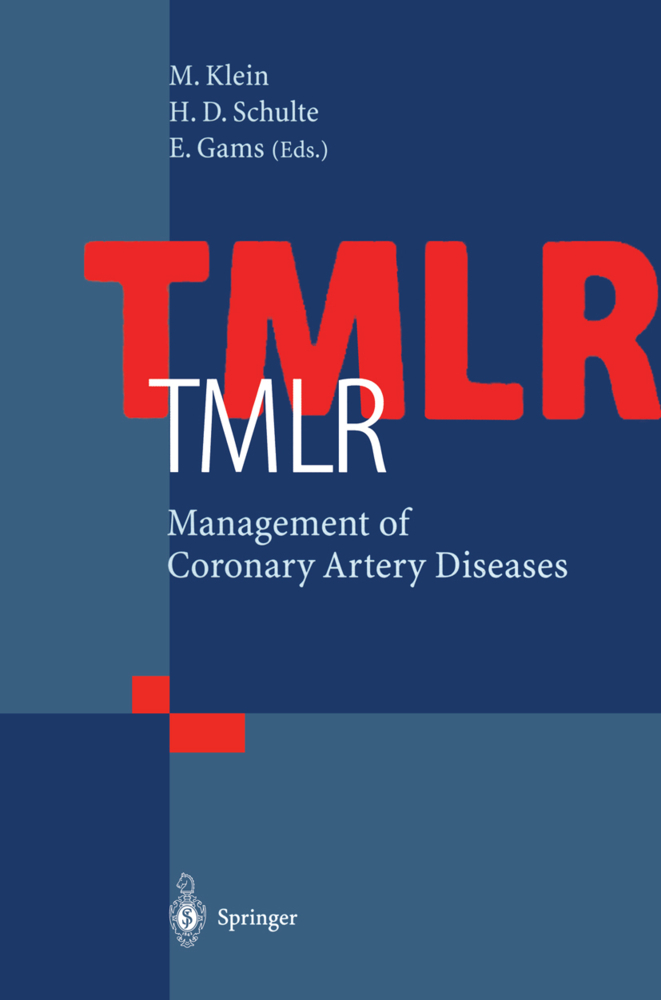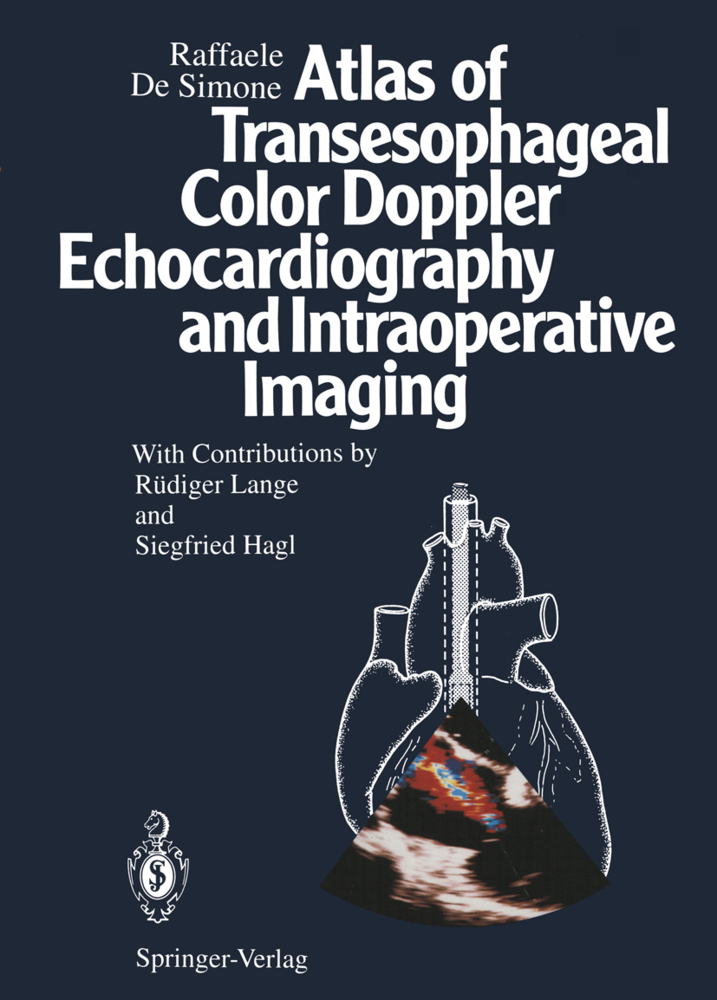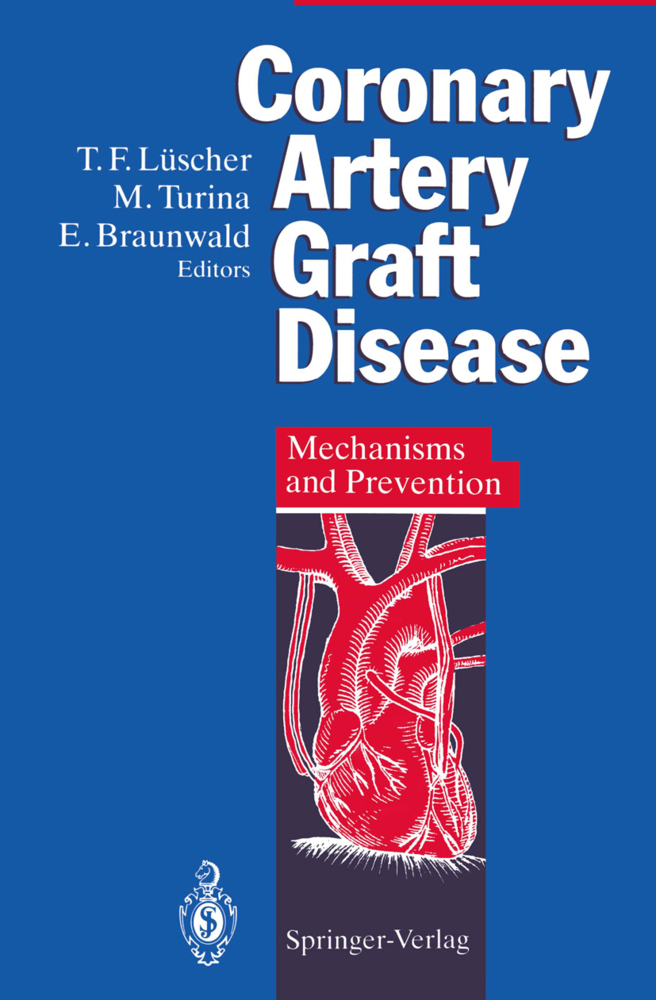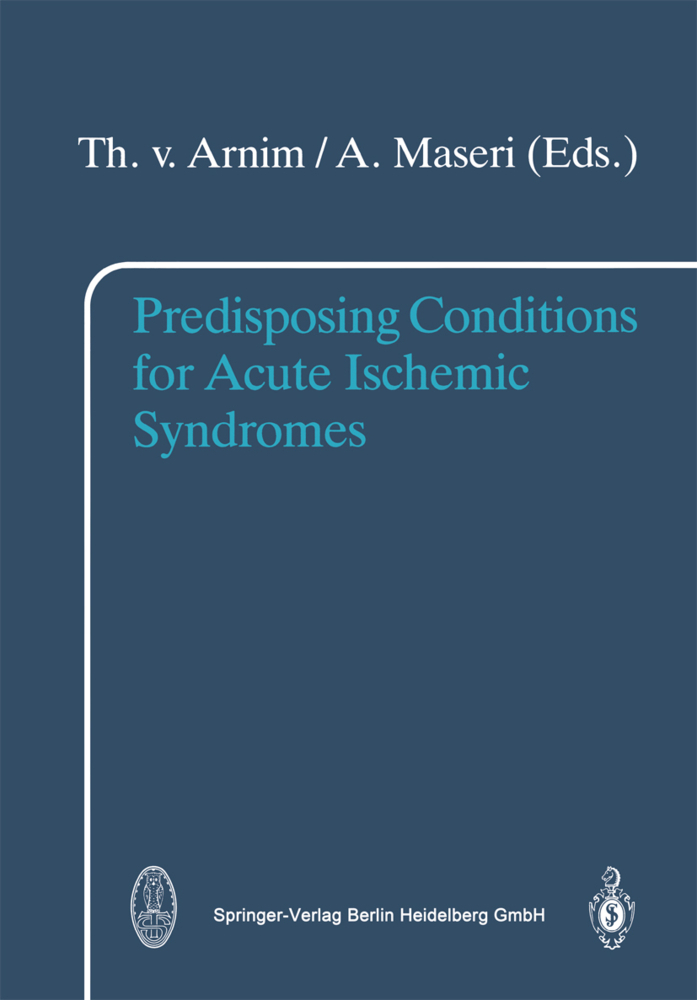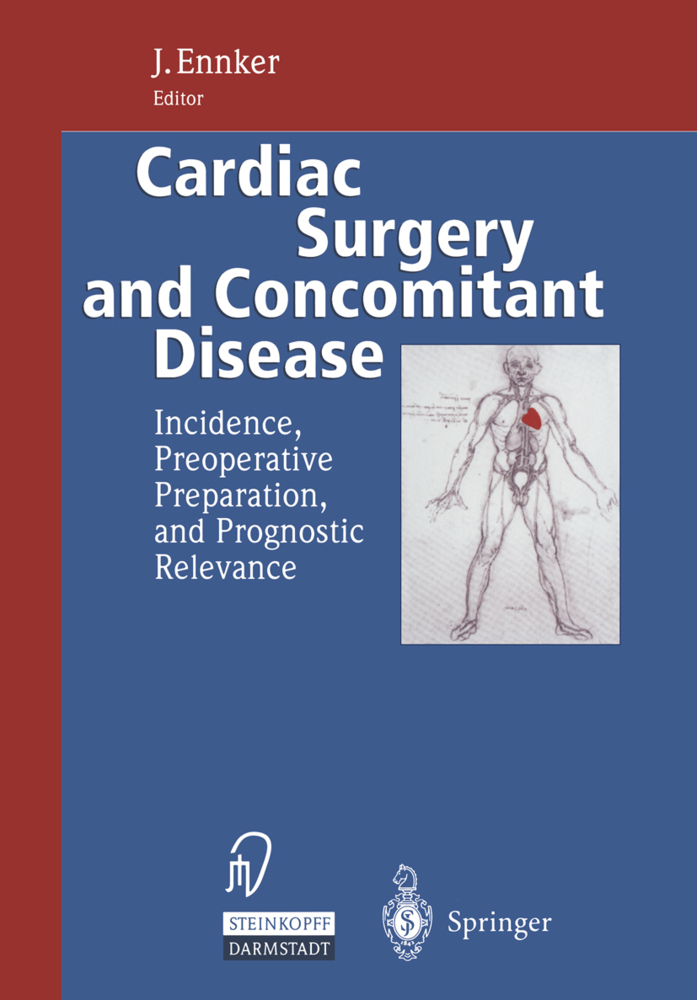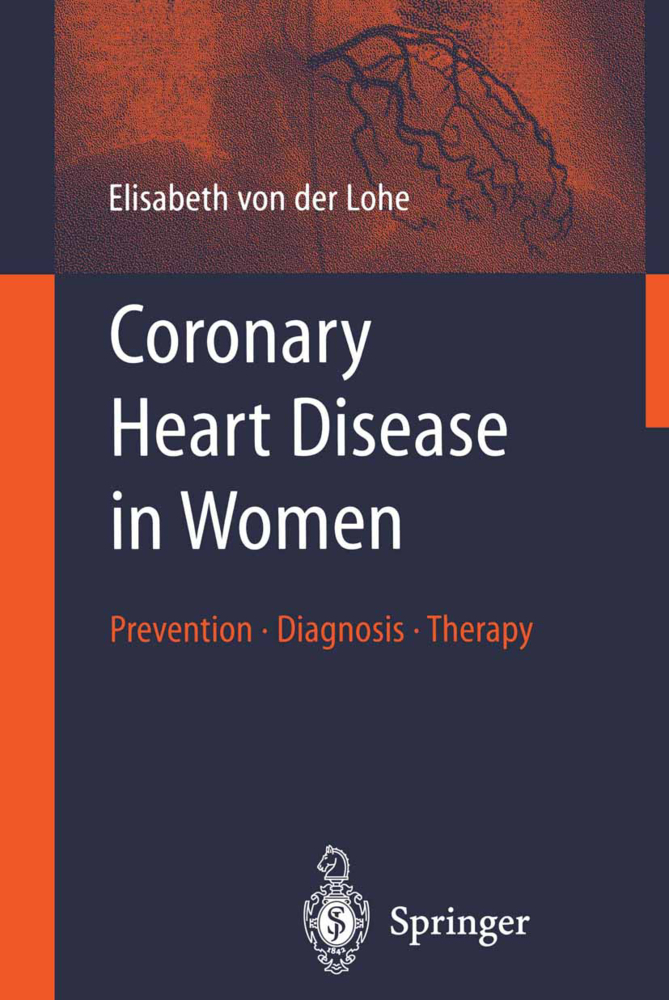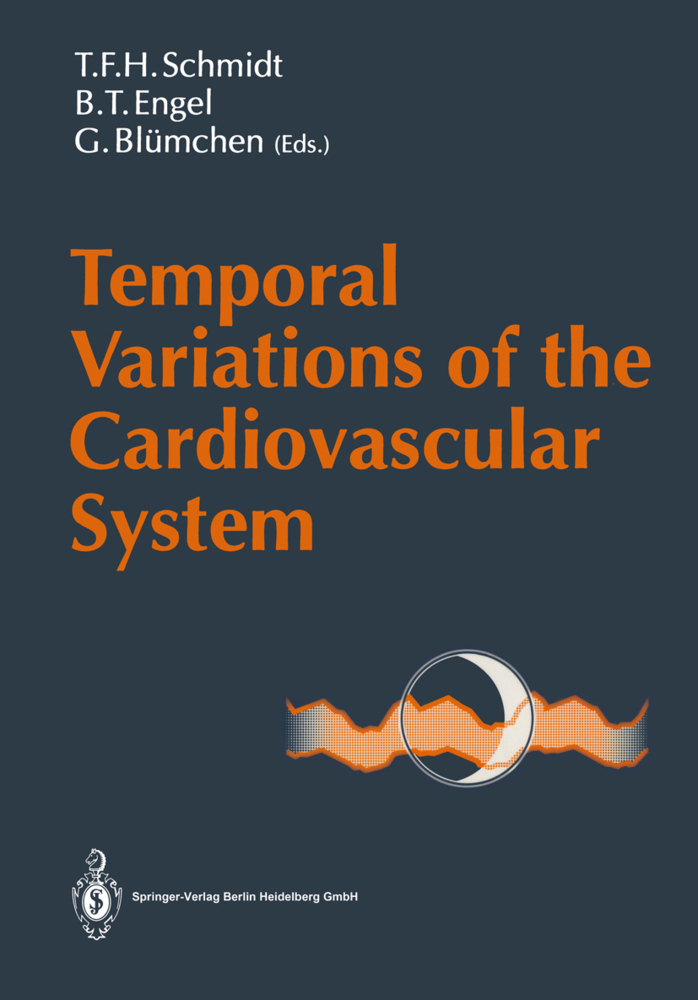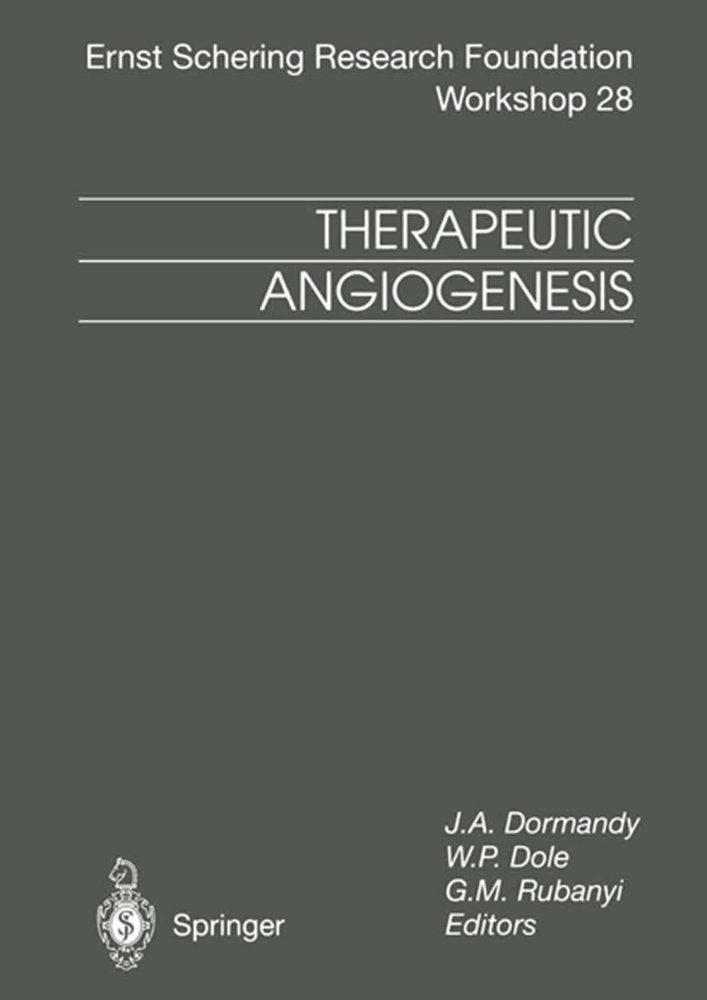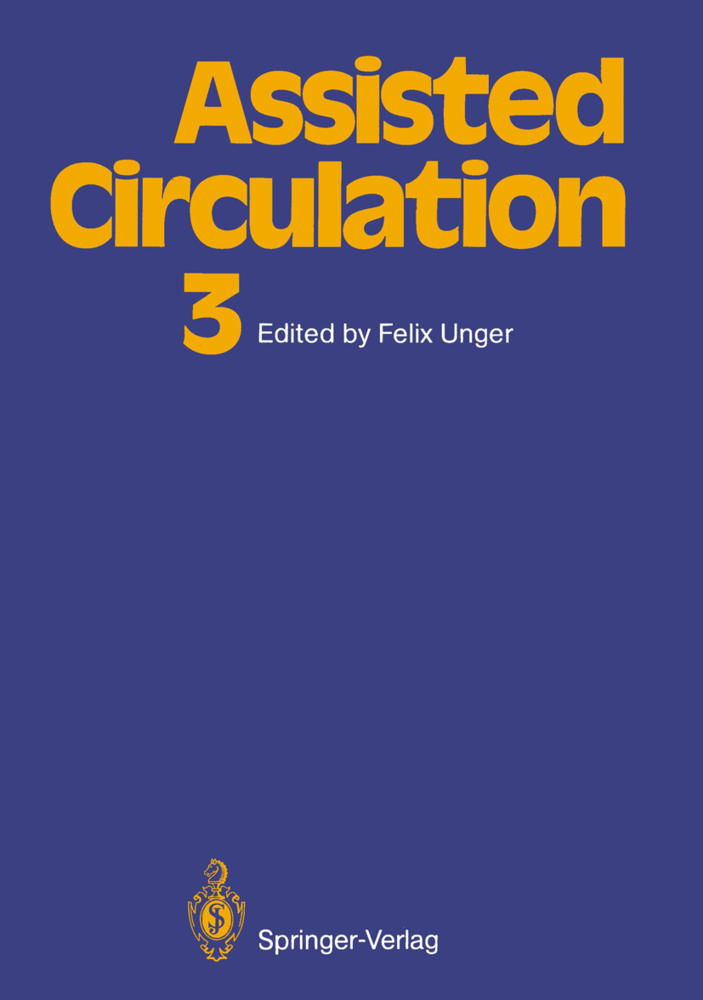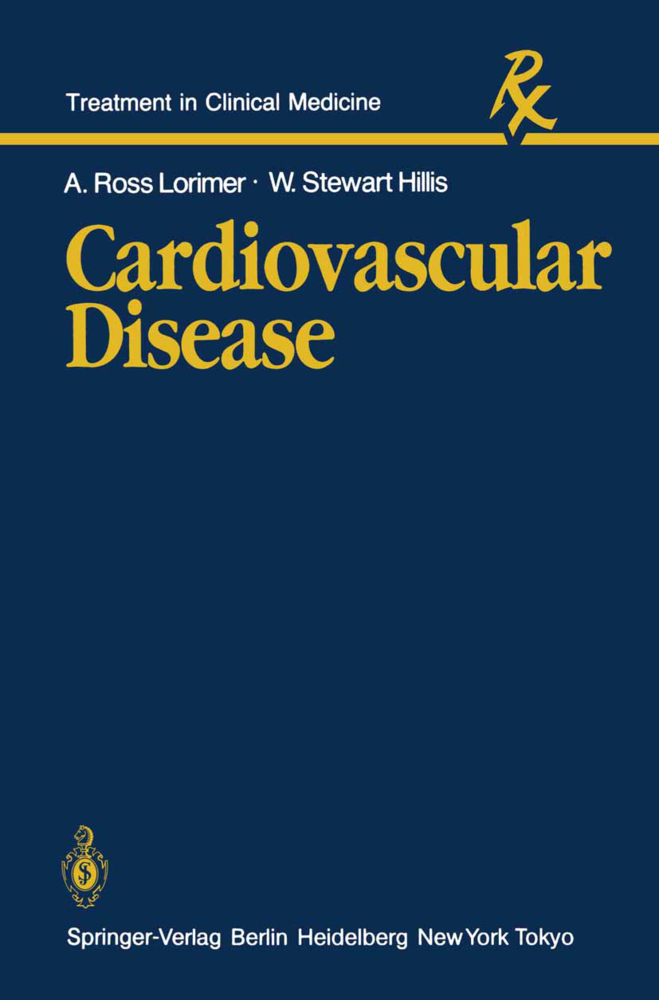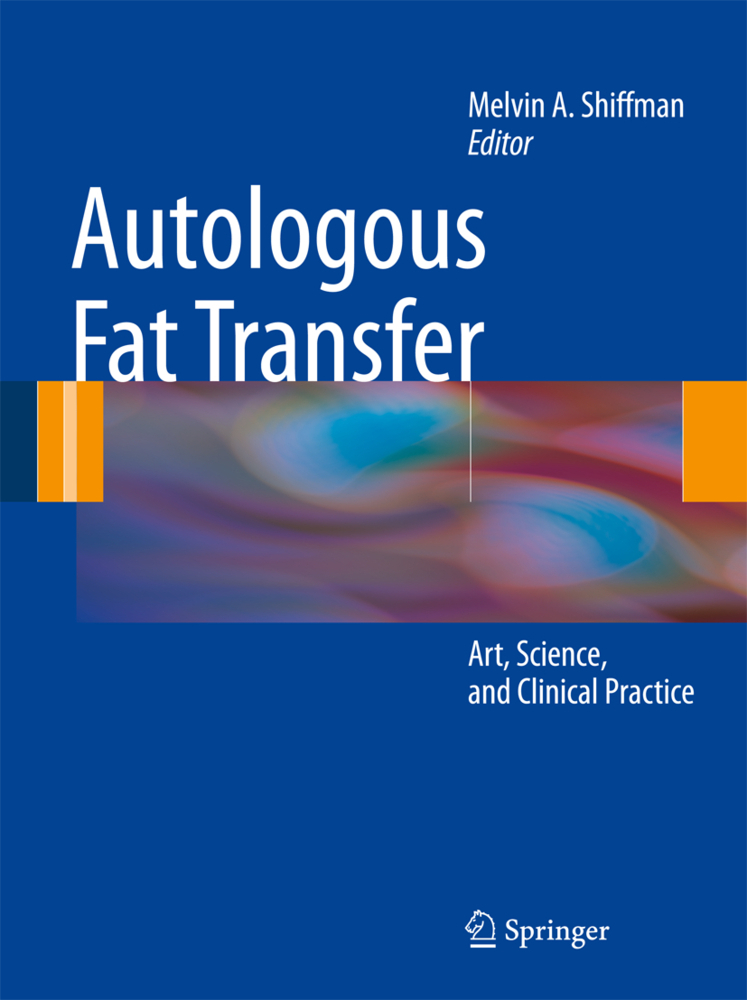TMLR Management of Coronary Artery Diseases
TMLR Management of Coronary Artery Diseases
At the beginning of this century, the state of surgical technique only provided for concepts with an extracardial approach to therapy of coronary heart dis eases. Decreasing the heart activity by means of denervating the heart or thyr oidectomy, resulting in a reduction of the heart's oxygen demand, was strived at. Later, the progress of clinical surgery at the closed beating heart allowed for procedures with myocardial access. In this historical stage of indirect revascu larisation, a compensation was supposed to be stimulated operatively by pro viding an adhesion to the surrounding organs or by manipulating the larger heart veins. The simple ligation of the Arteria thoracica interna in the middle third of its course - intended to increase the perfusion of pericardial branches - is based on the fundamental ignorance or misunderstanding of the haemody namic laws. The first intervention to reach temporary popularity was the im plantation of the Arteria thoracica interna into the left ventricular myocardial wall. This so-called "Vineberg procedure" was not very risky and did show some permanent improvements with respect to the patient's complaints or even the prognosis. However, this procedure has been almost completely aban doned, despite the fact that some positive long-term courses have been docu mented. Other indirect revascularisation procedures carried out in the fifties, e. g.
2 Hibernating Myocardium: A Review
3 Indicators of a Dualistic Organization of Heart Muscle Structure and Function
4 Methods of Nuclear Medicine to Verify Vitality and Efficacy of TMLR
II Treatment Strategies for Coronary Heart Disease
5 Medical Treatment in the Case of Severe Coronary Artery Disease
6 Potential and Limitations of PTCA in Severe Coronary Artery Disease
7 Possibilities and Limits of Cardiac Surgery in Patients with Severe Coronary Artery Disease
8 Borderline Indications for Heart Transplantation and Alternative Measures
III Laser Techniques
9 The History of Transmyocardial Revascularization
10 Transmyocardial Laser Revascularisation: A Matter of the Right Wavelength?
11 Basic Science Consideration in TMR - In Vitro and In Vivo Studies
12 Working Mechanism of Pulsed CO2, Holmium and Excimer Laser Systems with Regard to Transmyocardial Revascularisation (TMR): In Vivo Implications
13 Transmyocardial Laser Revascularisation: Are New Approaches with New Lasers Possible?
IV Clinical Experience with TMLR
14 Transmyocardial Laserrevascularisation with the CO2-Laser
15 Transmyocardial Laser Revascularisation in the Treatment of Severe Diffuse Coronary Artery Disease
16 Transmyocardial Laser Revascularisation in Edinburgh
17 Transmyocardial Laser Revascularisation
18 Transmyocordial Laser Revascularisation: Clinical Observations Concerning the Use of an Excimer Laser System
19 Transmyocardial Laser Revascularisation with a Holmium :YAG Laser: Initial Clinical Experience
V Imaging Techniques
20 Assessment of Myocardial Perfusion and Metabolism: Promises and Limitations
21 Intraoperative Perfusion Measurements in MIDCAB and TMLR Surgery by Thermal Imaging: A New Clinical Software
VI Experimental Finding
22 TMLR With and Without Additional Single Grafting: Differences in Postoperative Outcome?
23 Transmyocardial Laser Revascularisation (TMLR): Experimental Studies on Acute Regional Ischaemia.
I Pathology and Physiology of Myocardial Ischaemia
1 Pathologic-Anatomical Aspects of Chronic Myocardial Ischaemia2 Hibernating Myocardium: A Review
3 Indicators of a Dualistic Organization of Heart Muscle Structure and Function
4 Methods of Nuclear Medicine to Verify Vitality and Efficacy of TMLR
II Treatment Strategies for Coronary Heart Disease
5 Medical Treatment in the Case of Severe Coronary Artery Disease
6 Potential and Limitations of PTCA in Severe Coronary Artery Disease
7 Possibilities and Limits of Cardiac Surgery in Patients with Severe Coronary Artery Disease
8 Borderline Indications for Heart Transplantation and Alternative Measures
III Laser Techniques
9 The History of Transmyocardial Revascularization
10 Transmyocardial Laser Revascularisation: A Matter of the Right Wavelength?
11 Basic Science Consideration in TMR - In Vitro and In Vivo Studies
12 Working Mechanism of Pulsed CO2, Holmium and Excimer Laser Systems with Regard to Transmyocardial Revascularisation (TMR): In Vivo Implications
13 Transmyocardial Laser Revascularisation: Are New Approaches with New Lasers Possible?
IV Clinical Experience with TMLR
14 Transmyocardial Laserrevascularisation with the CO2-Laser
15 Transmyocardial Laser Revascularisation in the Treatment of Severe Diffuse Coronary Artery Disease
16 Transmyocardial Laser Revascularisation in Edinburgh
17 Transmyocardial Laser Revascularisation
18 Transmyocordial Laser Revascularisation: Clinical Observations Concerning the Use of an Excimer Laser System
19 Transmyocardial Laser Revascularisation with a Holmium :YAG Laser: Initial Clinical Experience
V Imaging Techniques
20 Assessment of Myocardial Perfusion and Metabolism: Promises and Limitations
21 Intraoperative Perfusion Measurements in MIDCAB and TMLR Surgery by Thermal Imaging: A New Clinical Software
VI Experimental Finding
22 TMLR With and Without Additional Single Grafting: Differences in Postoperative Outcome?
23 Transmyocardial Laser Revascularisation (TMLR): Experimental Studies on Acute Regional Ischaemia.
Klein, Michael
Schulte, H. D.
Gams, E.
| ISBN | 978-3-642-72136-6 |
|---|---|
| Artikelnummer | 9783642721366 |
| Medientyp | Buch |
| Auflage | Softcover reprint of the original 1st ed. 1998 |
| Copyrightjahr | 2011 |
| Verlag | Springer, Berlin |
| Umfang | XVIII, 272 Seiten |
| Abbildungen | XVIII, 272 p. 68 illus. |
| Sprache | Englisch |

